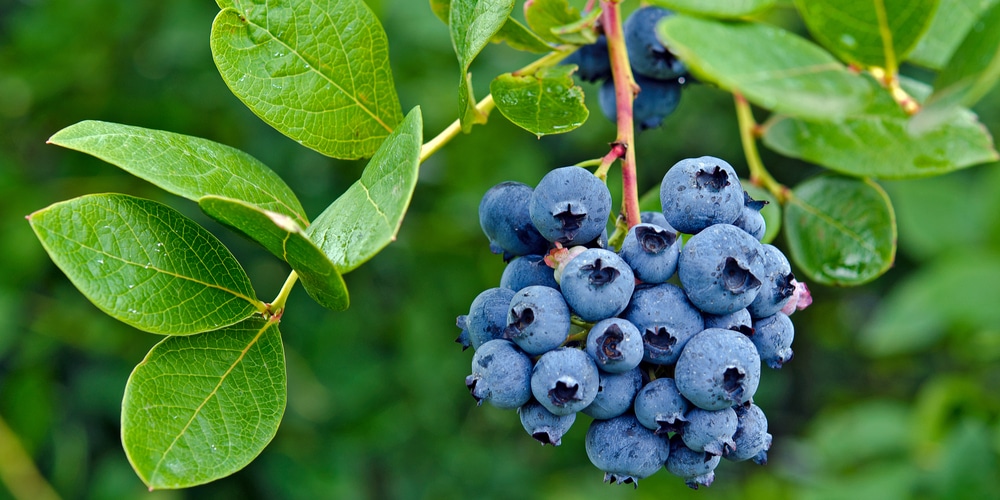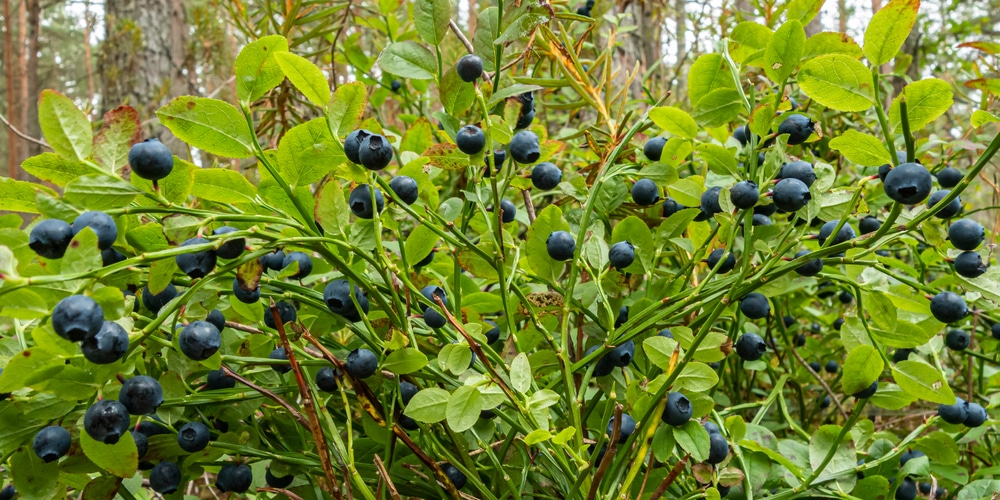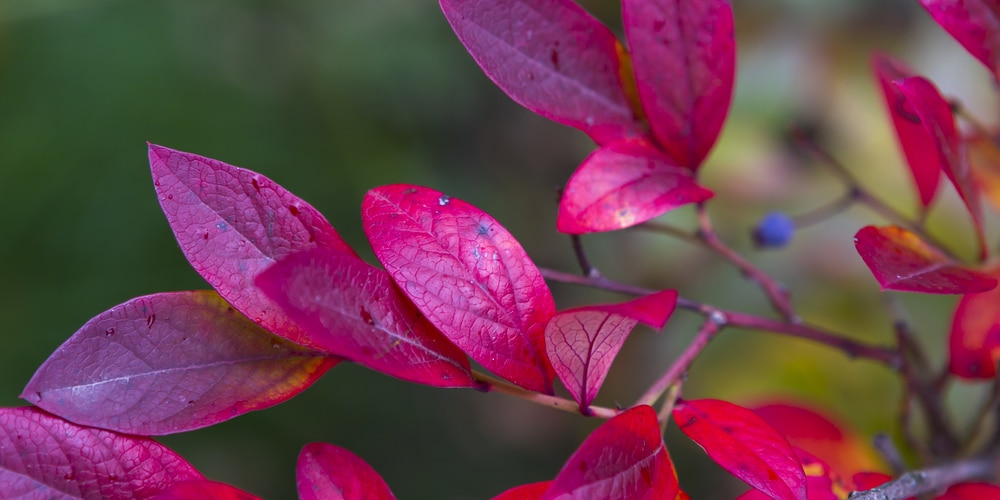Missouri has a quirky climate that does not help plant growers. The winters are not quite as cold as in the northern states, but it gets enough cold to see a decent amount of snow and high winds. Instead, the summers are just as hot and humid as the Southeast. And how could we forget the tornado outbreaks and severe storms? How to grow blueberries in Missouri?
Because of the unpredictable climate, the first step is to choose the most suitable blueberry plant species. Next, you will need to prepare well-draining, humus-rich soil. Cold stratifying your seeds is highly recommendable for fast germination, too. Finally, let the seeds rest in a lit container at 70F.
How To Grow Blueberries In Missouri Step By Step

1 – Selecting The Correct Blueberry Species
Blueberries have enormous adaptability to a wide variety of climates. Plus, they are one of the most versatile fruiting plants in the world. And they are virtually pest-free unless you have a big deer problem.
You can grow blueberries anywhere from containers to right up against your house as gorgeous edible landscaping bushes to giant fields overflowing with fruits. What is more, some species tolerate climates as cold as USDA zone 3 or as warm as USDA zone 10. So, selecting a more cold-hardy variety is necessary to grow blueberries in Missouri.

The cold-hardy varieties belong to the Vaccinium section Cyanococcus, which includes:
- Highbush Blueberry (Vaccinium corymbosum. Previously known as Vaccinium ashei)
- Lowbush Blueberry (Vaccinium angustifolium)
- Southern Blueberry (Vaccinium formosum)
- Velvetleaf huckleberry (Vaccinium myrtilloides)
The above species are all cold-hardy from USDA zone 5a to zone 8a. So, they are ideal according to the Missouri planting zones. Instead, a species like the Rabbiteye Blueberry (Vaccinium virgatum) only grows in USDA zones 6b and higher.
2 – Meeting The Pollinator Requirement
While some blueberry varieties are self-fertile, the majority rely on pollinators to make fruits. Cross-pollination demands you plant at least two genetically unique varieties of blueberries next to each other. And you do not use deadly pesticides that may kill irreplaceable pollinators.
The challenge is pairing two species that flower at the same time of year. It follows, then, that if you select early-season and late-season varieties, their blooming period will not overlap. And cross-pollination will not occur.
Even when selecting self-pollinating species, adding another variety is recommendable. The yield will be higher both in quality and quantity.
Planting milkweed and other plants for pollinators nearby will also increase yield. Planting a wide range of flower shapes and colors with different bloom times is generally helpful for keeping pollinators well-fed and coming back.
3 – Adjusting Soil PH
Blueberries need very acidic soil. In detail, soil pH should be between 4 and 5. And most likely, you might have to acidify your garden soil with pH lowering amendments.
You can choose among several products. For example, you can pick elemental sulfur and work it into the top layer of the plant bedding area. But above all, follow the instructions and only add the element when the weather conditions are right—for instance, you need soil temperature above 55F for using elemental sulfur safely. Overdosing is easy and can lead to toxic levels and soils over time.
Water-soluble fertilizers for acid-loving plants may work in the short term. But they are not long-term solutions.
Soil consistency is also a critical factor. In fact, sandy soils need fewer amendments than silty or heavy clay soils.
If you can, top the growing area with pine bark nuggets. For reference, pine bark has a pH of 4-5 and will acidify your soil over time as it breaks down, making it the ideal mulch for blueberry plants.
4 – Sowing
Early fall is the ideal time to plant blueberry bushes. Better yet, check the first frost date for places in Missouri and sow the seeds 60 to 90 days prior for the best results.
In any case, plan ahead of time and lower soil pH at least two months before planting blueberries to give time to the elements to break down.
Space the blueberry bushes about 3-5 feet apart. First, dug a deep planting hole. Mix some animal manure, all-purpose granulated fertilizer, compost, and a handful of bone meal to help establish strong roots along with the soil. Mix everything up and finish with the pine bark mulch layer.
Backfill the area with more compost and fertilizer if you are transplanting a bush.
Most blueberry varieties grow well in full sun and partial shade. But it is better to stick with your species’ preferences.
5 – Maintenance
Keep the soil moist to help transplanted plants establish. Usually, watering once a week is enough to prevent blueberries from running dry. They will also tolerate occasional wet soil.
The perfect time to prune your blueberry bushes is early or mid-January. And by all means, cut the old branches as low as you want with loppers. You only need to leave a node for new shoots to come out.
The idea behind pruning is to create space for the light to shine on the new growth. Plus, you do not want the foliage to block sunlight from warming and drying wet soil.
Related Article: Good Blueberry Companion Plants

